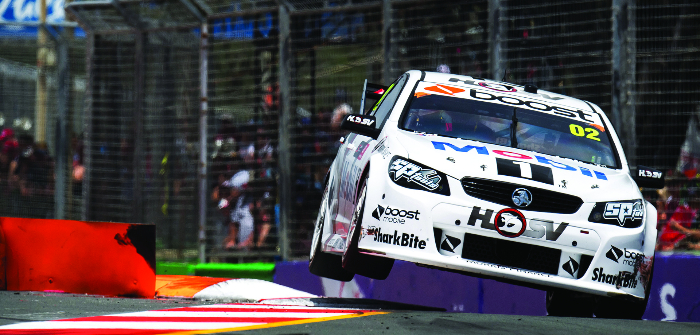There has been much talk over the past year or so since Liberty Media took over ownership about how to make Formula 1 more popular. Recent years have seen numerous failed attempts to boost the series’ appeal, including creations such as DRS, which to any race fan simply creates the opportunity to watch an indefensible overtake (who wants to watch the inevitable?). There’s also been much discussion about whether or not drivers should be better protected, and the bizarre notion that somehow a less exposed driver (thanks to Halo) will make fans switch off. As I like to think no one tunes in to watch any sport in the hope that someone may get injured or die, I think we can conclude that improved driver safety doesn’t make the sport more or less popular. And F1 has, of course, famously dabbled with ‘market relevance’ with the introduction of hybrid powertrains that were somehow meant to make F1 more current and relevant to today’s car buyers née fans. Cue many moans about the cars being less dramatic and less deafening.
F1 isn’t alone in trying to make motorsport more relevant. Formula E is currently riding high in terms of its manufacturer support, but neither TV audiences nor race crowds are particularly breaking new ground. Indeed, I’m convinced that Formula E will soon lose its appeal as car makers realize that the old adage
of ‘Win on Sunday, sell on Monday’ probably doesn’t translate in Formula E given the fact that a single-seater Jaguar race car shares nothing in common with Jaguar’s new EV, the i-Pace SUV. Does Ferrari sell a single road car because of Formula 1 success? It’s almost impossible to quantify, but I believe the fact is Ferrari could pull out of F1 tomorrow and it would not affect sales of its car division one bit.
So while Liberty searches high and low to find new solutions that will win more fans, the answer stares them in the face. It’s not hybridization or even pure electric racers, it’s not more noise, nor is it getting rid of grid girls (as if grid girls were either winning or losing fans. No one goes to watch a race to look at girls!). No, the answer lies within the World Endurance Series. This year’s LMP1 sees Toyota go head-to-head with just Ginetta, the tiny UK-based race car manufacturer. No Porsche, no Audi, no other manufacturers at all in fact. But actually that’s not true: WEC has never had more manufacturers involved, but all of them are involved not in LMP1 or LMP2, but rather in the road-car-based classes.
A road-based – or at least a very outwardly visually similar to the road car – racer is what the fans seemingly want. WEC is one such success story, it featuring packed GTE grids. British Touring Cars and TCR both equally attract not only full grids, but also full grandstands. Blancpain and British GT (the series in which I compete) are also welcoming full grids and a rapidly growing fan base. And then there’s perhaps the best model of all: Supercars in Australia, which is host to 100,000-plus spectators every race week and an ever-growing global television audience.
The sad reality is that single-seater racing simply isn’t as exciting to watch as racing that uses cars that are based on, or look like, the cars we all drive on a daily basis. Lots of aero on single seaters means the racing can’t be as close as it is in ‘tin-tops’, while contact in a single seater is nearly always race-ending. That latter fact isn’t an issue in sedan-based racing, so drivers are more willing to overtake, to send one up the inside. It creates a better spectacle, and if you want market relevance – something fans can relate to – show them the cars they themselves can go out and buy and drive on the public road.
And stick your superstar drivers in a car Joe Public can truly relate to and then watch the audience – and the dollars – grow!
Graham Johnson



